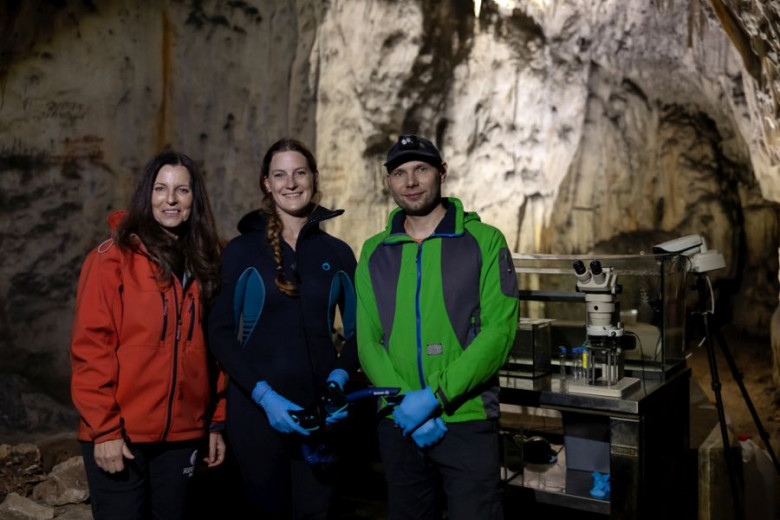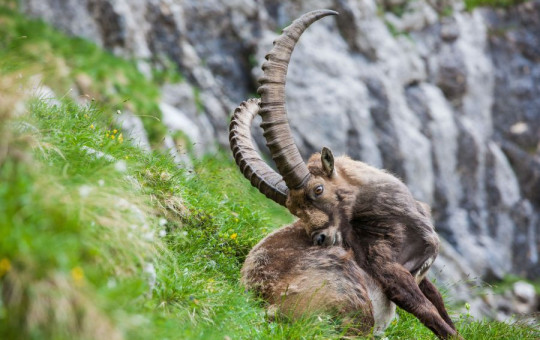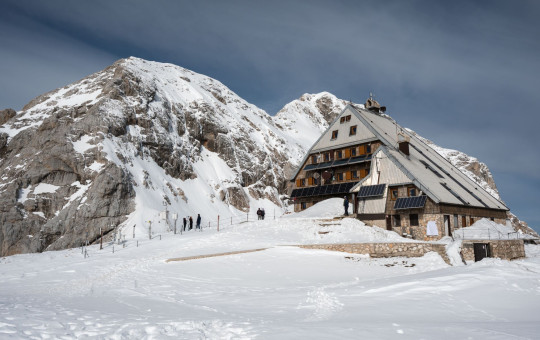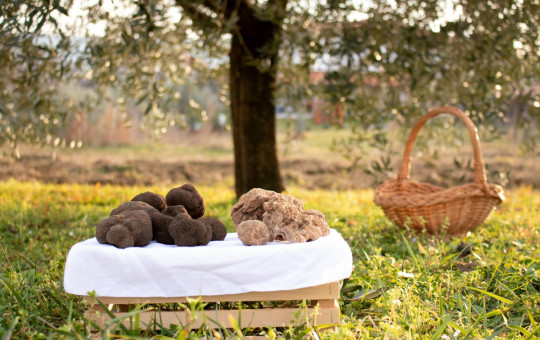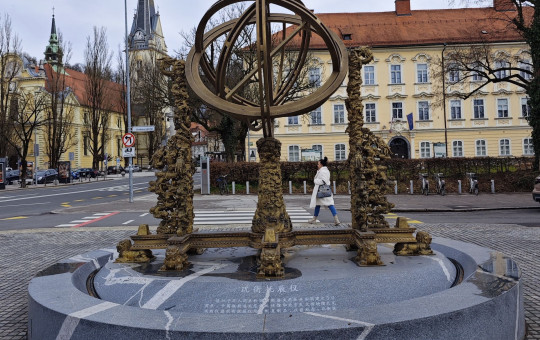The Postojna Cave is expecting new olm babies. One of the females laid new eggs earlier this summer. These have been developing successfully and almost all of the babies have already seen the »darkness of the cave«. The famous litter from 2016 is now joined by new dragon babies.
Out of 43 eggs, 32 babies are eagerly awaited, which statistically translates into a record 74 per cent reproductive success rate.
Statistically, scientists conclude that out of 500 eggs laid in the wild, only 2 olm babies reach adulthood. In 2016, when 22 little olms hatched in Postojna Cave, they had a reproductive success rate of 34 per cent, which was an excellent result, as the most optimistic predictions had hoped for at least one baby. Now, six years later, the cave is expecting twice that success rate, confirming its reputation as the best-performing cave laboratory, where scientists say they provide the optimal conditions for the dragon babies to grow and develop.
-
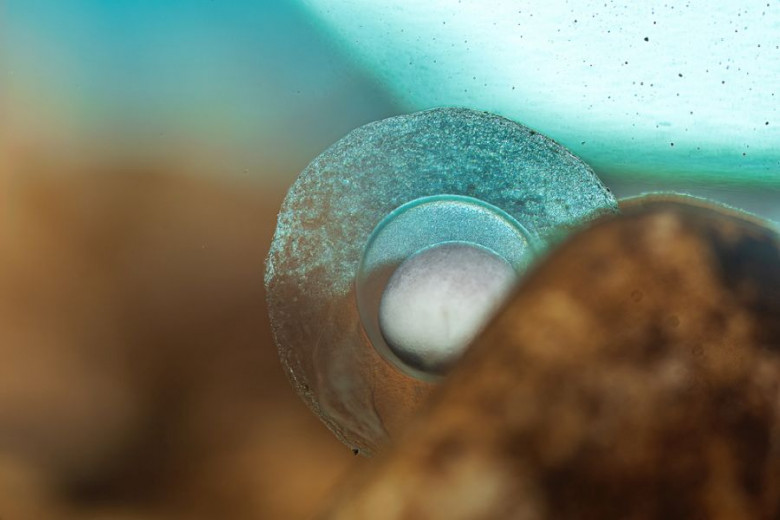
The first egg was spotted in the Postojna Cave Vivarium in June by a primary school student on a school excursion. Photo: Matej Podrekar/Postojnska jama d. d.
-

In Postojna Cave, they witnessed an extremely rare occurrence of twin olm eggs. Photo: Nik Jarh/Postojnska jama d. d.
-
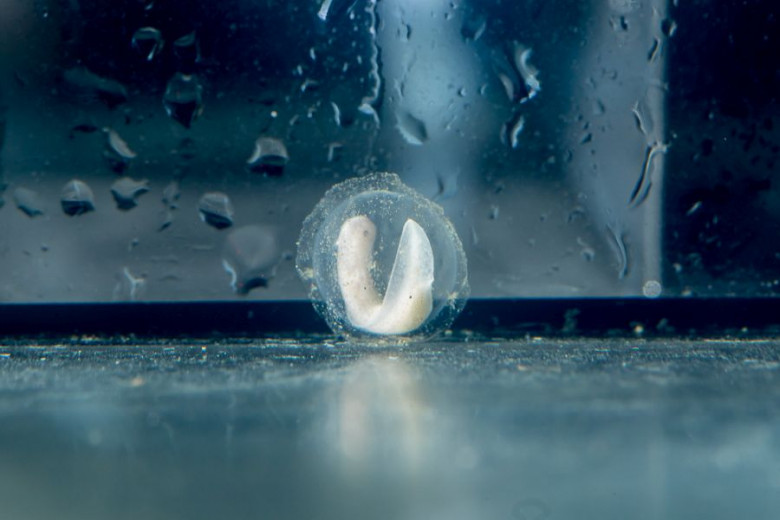
A baby dragon in a gelatinous sheath. Photo: Nik Jarh/Postojnska jama d. d.
-
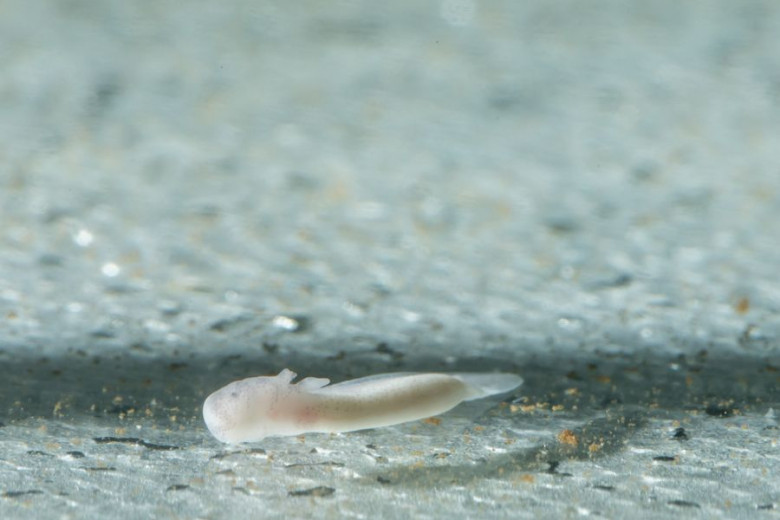
The first babies from the dragon's litter in 2022. Photo: Nik Jarh/Postojnska jama d. d.
-
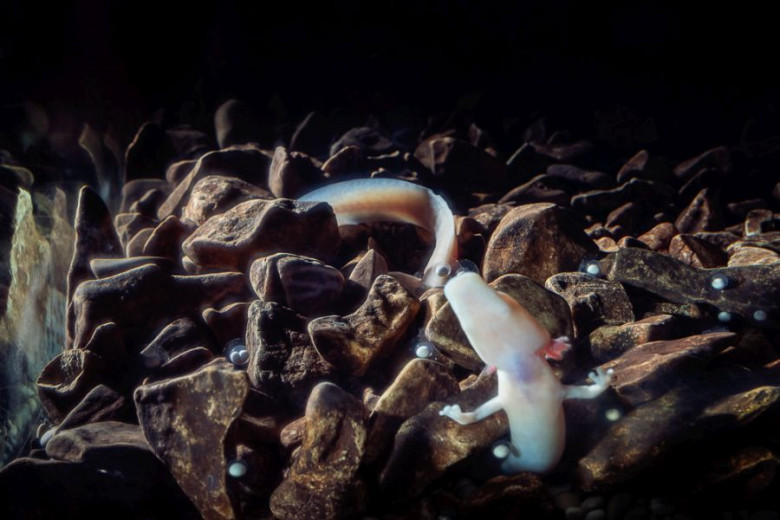
From the 43 eggs laid in the cave, 32 baby dragons are expected. Photo: Nik Jarh/Postojnska jama d. d.
-
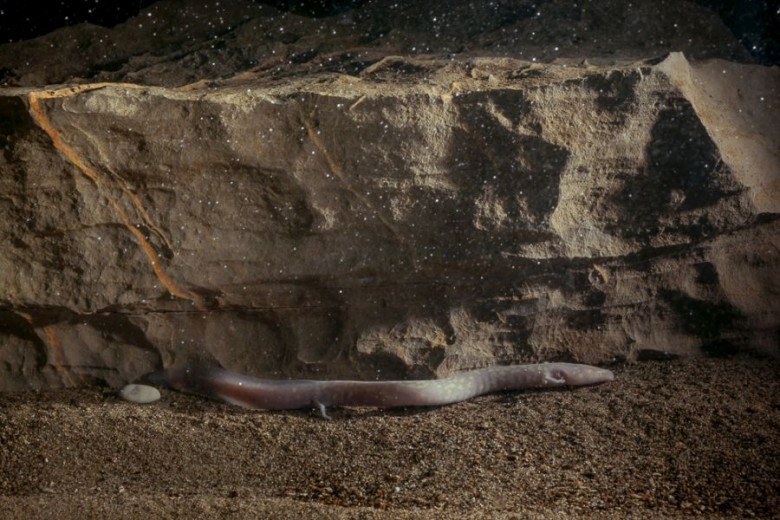
Six years later, the 2016 litter is already 15 cm long, while the new dragon babies are just 18 mm long. Photo: Nik Jarh/Postojnska jama d. d.
-
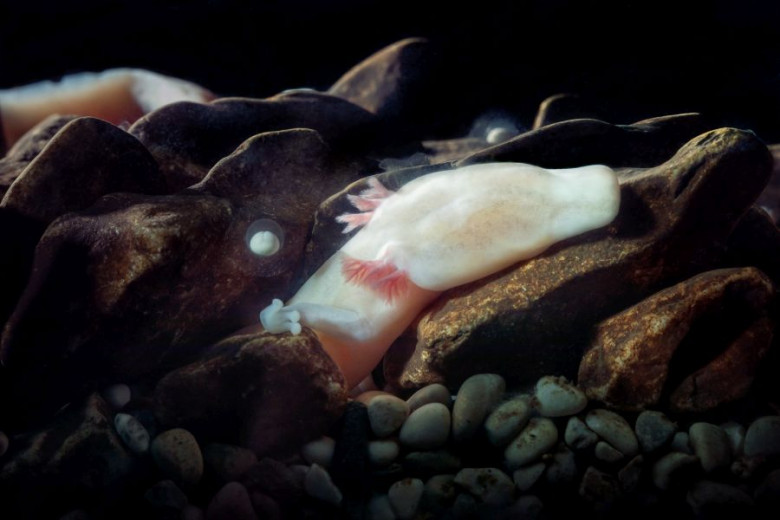
The olm with eggs. Photo: Nik Jarh/Postojnska jama d. d.
Guardians of the olm
Katja Dolenc Batagelj, the head of the laboratory, stresses that in such exceptional situations, it is not only the mind that is needed, but also the heart: »We work according to the TCL principle: Tender Caring Love, or simply, the olms have our unconditional care and love. Literally.«
Behind it is a lot of work and responsibility, their own knowledge and a wealth of experience gained six years ago.
The team caring for the olms also boasts the title of finalists for the international Natura 2000 award, which is presented by an EU expert panel.
Based on empirical research, they have confirmed that the rate of embryo development and hatching is influenced by the ambient temperature. At higher cave temperatures, development is faster. In 2016, the first babies hatched after four months in an area of the cave where the temperature is constant between eight and ten degrees Celsius. This year, the litter, which is located in an area with a higher average temperature of around 10 to 12 degrees Celsius, started to hatch after just three months. This year, they have also seen the development of the extremely rare 'twin' eggs.
Their extensive archive material, based on tens of thousands of recordings and rare photographs, will allow researchers to gain new insights into the mysterious olm.
Source: Postojnska jama, d. d.
Date: 21. October 2022
Time to read: 2 min

